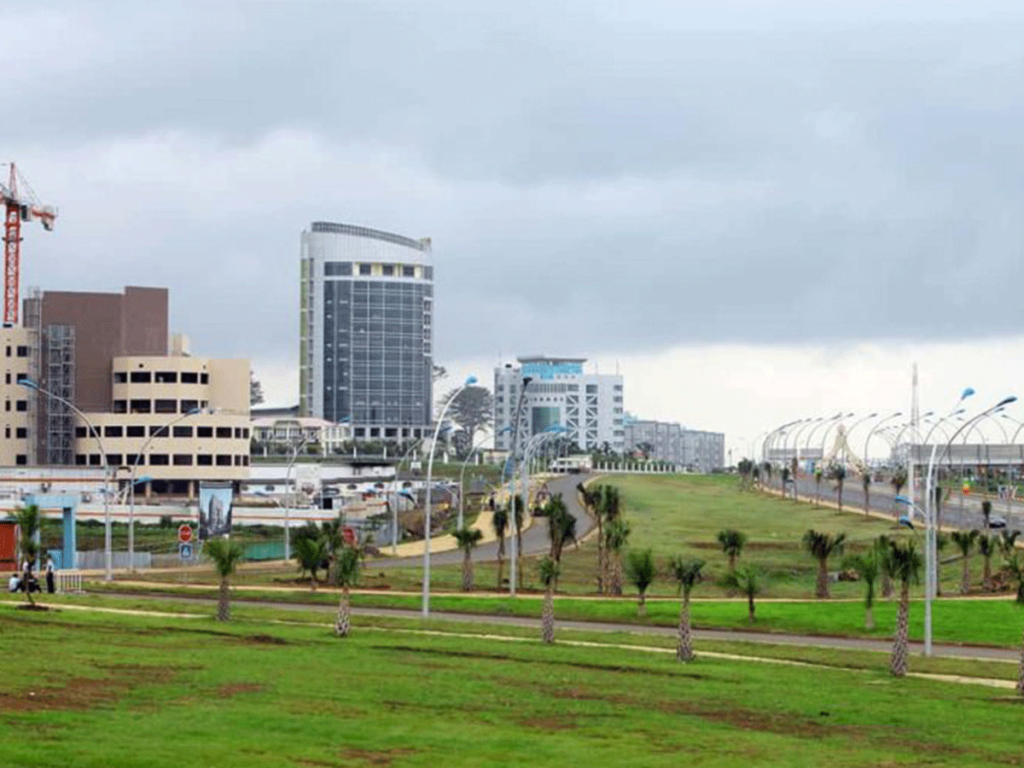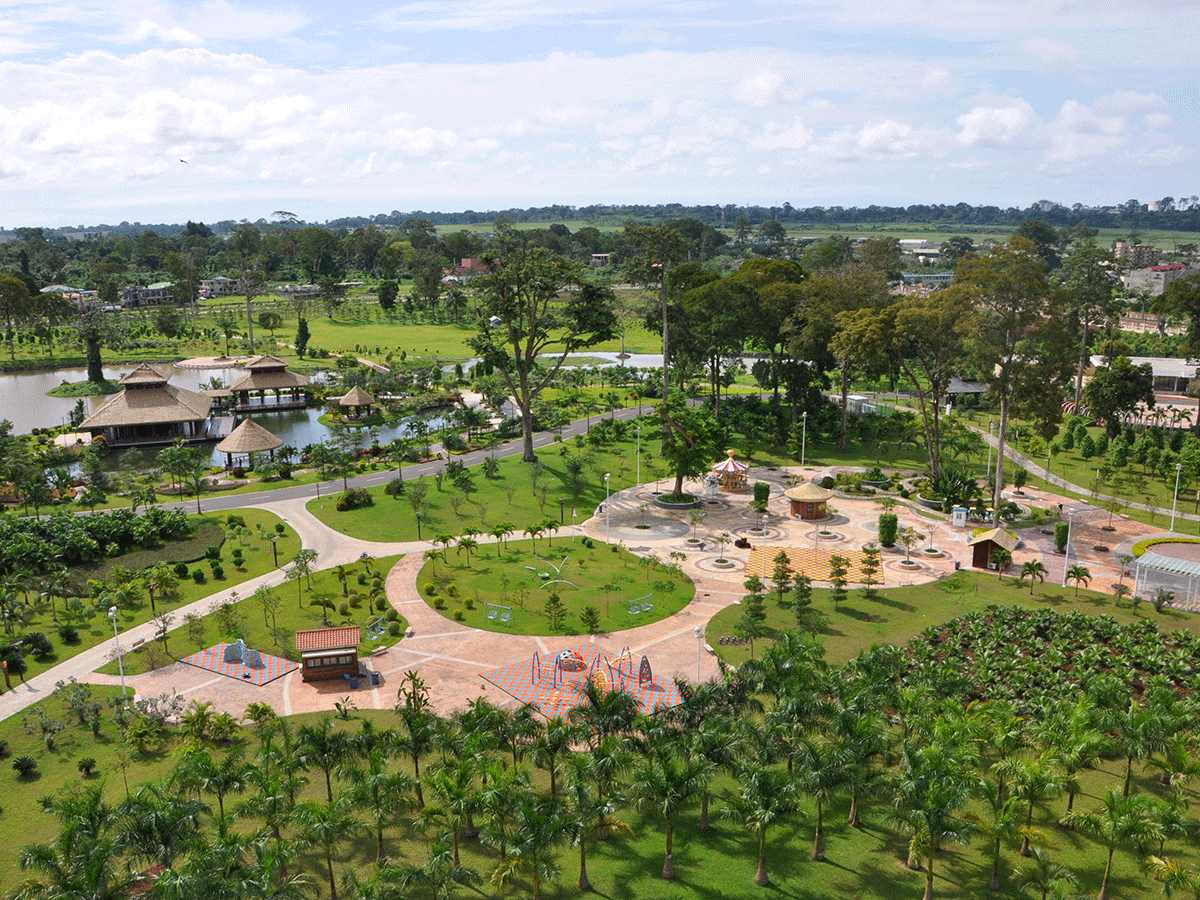Vegetation of Equatorial Guineaa

Vegetation of Equatorial Guinea
Despite the small size of the country, and due to its landscape diversity, Equatorial Guinea is one of the areas with the greatest biodiversity in Africa, since we can find everything from classical beaches with black volcanic sand to incredibly lush forests or Alpine lands at 3,000 meters of altitude. Aware of this wealth, the Government has reserved nearly 20% of the land of the country for the preservation of natural life.
At least three-fourths of the Continental Region is covered by enormous forest formations. Within them, the perennial sciophilous forest is predominant, also called the moist forest. This type of jungle is typical of the tropical or equatorial climate and is characterized, specifically, by the density and the height of the plant formations that occupy it.
In addition, a large part of this area is occupied by crops and fallow land, which lead to enormously thick underbrush and vines through which it is almost impossible to penetrate and that serves as a refuge for an enormous and very rich variety of wild fauna.
In Bioko, below 700 m -the maximum altitude for the cultivation of cacao- the cacao, coffee, and banana crops cover most of the forest surface area, even though much of it remains today without being exploited. The vegetation, similar to the continent, has only been maintained in some areas.
In the southern part of the island, we find a type of rainforest, rich in orchids, thanks to the 10,000 mm of water that it receives each year.
The perennial sciophilous forest goes from 700 m to 1800 m, with a great number of arborescent ferns. Above that altitude, there is a pastureland together with low plant formations. In the Basile peak, we find formations of ericaceous plants.
In the north area of Annobón, the savannah grows as well as formations of deciduous trees since the climate of the island is less rainy. In the south, the treed area is much denser due to the influence of the monsoon.
The animal population of Guinea is fortunate since they inhabit a country where nature continues to be as spectacular as it is virgin, but also where development permits taking the appropriate measures for their preservation in the future.
More than a hundred different mammals make up this fauna: small antelopes, pangolins, felines… The country is especially rich in diversity of primates: gorillas, chimpanzees, mandrills, colobus… But in Guinea, you can also find some samples of large mammals such as elephants of the jungle, hippopotamus, bush pigs, and the manatee.
Also numerous are the species of reptiles and amphibians, and four species of sea turtles that frequent the coast stand out.
On the coral reefs of Corisco, we find marine fauna that is not at all frequent in Central Africa. It is also important to mention the coast of Moraka, near Ureco, on Bioko, as one of the most privileged places in the area to observe the egg-laying of sea turtles.
The very rich inventory of Equatorial Guinean birds with more than three hundred known species, as well as aquatic fauna, with more than 167 species of counted fish, have been started but are still incomplete.
In turn, the world of insects, of extraordinary diversity, is still pending being inventoried.
CALL OR EMAIL
ENDLESS PLAINS AFRICA LIMITED
Africa: +256706522669
Overseas: +61427412130
safaris@endlessplainsafrica.com
a travel agent is available 24hrs
What our guests say about us…
START PLANNING YOUR SAFARI NOW!
Talk to one of our African adventure experts and let them tailor-make your safari
Inspirational journeys








